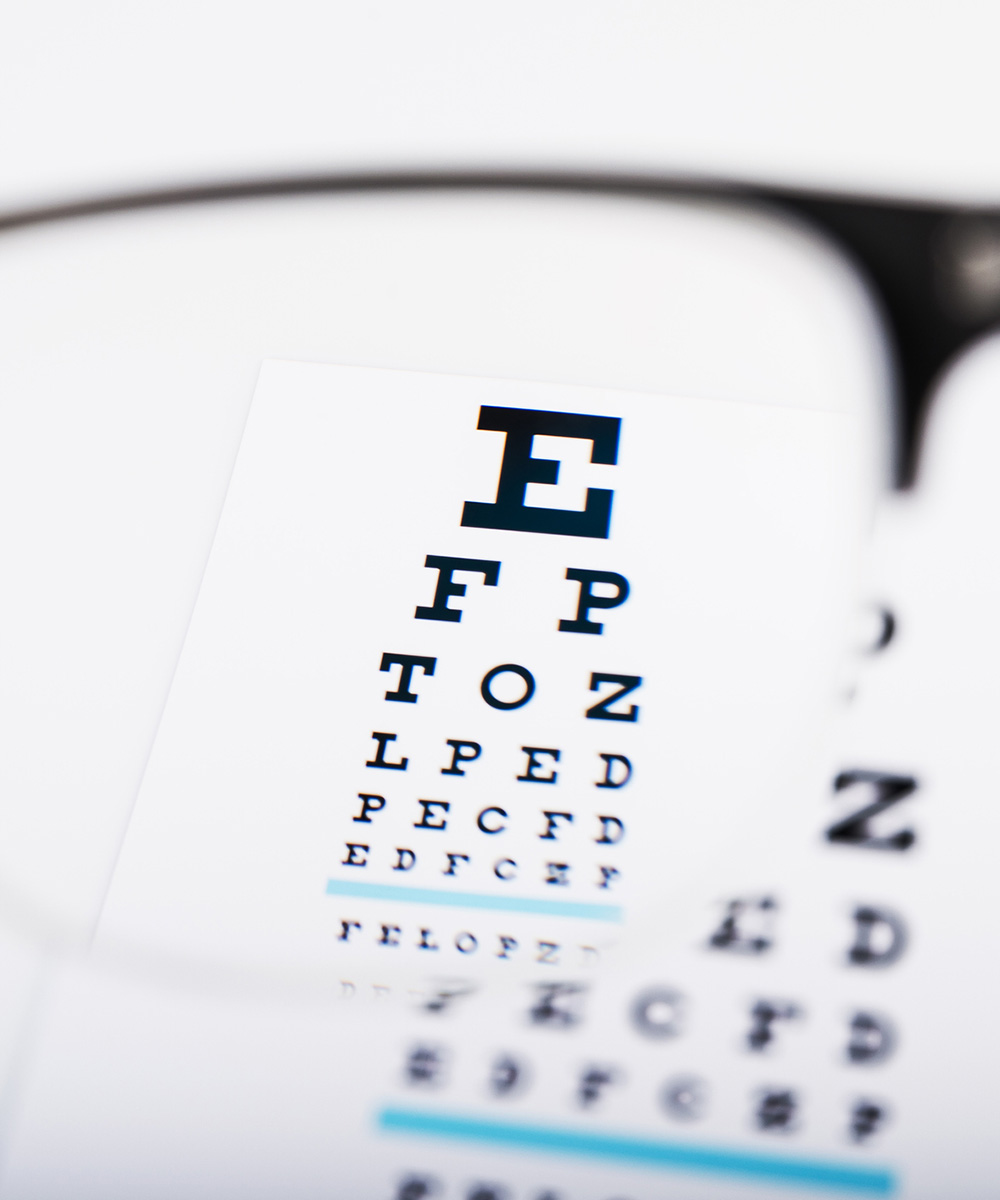Exploring the Market
An estimated 1 billion people in the United States have presbyopia, a common age-related vision condition. While there are several solutions for patients, much of the presbyopic market is underdeveloped and self-treated with “readers” as the primary solution. To grow and increase adoption of different presbyopia treatments, we first needed to explore and define the practitioner’s role in these decisions and their attitudes and behaviors when recommending presbyopic solutions to patients.
The eye care professional is a trusted resource for any potential treatment and solution.
We started with an empathy phase including group discussions and in-depth immersions with several practitioners to gain insight into their treatment decision process, including a multi-layered understanding of barriers, value drivers, and opportunities for specific presbyopic treatments beyond readers.
We then quantified and validated these insights. The validation phase included choice-based modeling where we identified patient profiles and characteristics that influence the treatment recommendation and decision. We also assessed the emotional mindshare of these practitioners, understanding how their experiences with various treatments impact what they are willing to recommend to the patient.
Ultimately, we uncovered both practical and emotional barriers to specific treatments for presbyopia – patient profiles for specific treatment types, ways to overcome emotional barriers the practitioner has with specific treatment options, and how to identify and target practitioners for our client’s preferred treatment options. By gaining this deeper understanding, we were able to collaborate on strategies and tactics that could eliminate resistance to preferred treatment options, effectively addressing specific barriers with the goal of increasing share and adoption.


